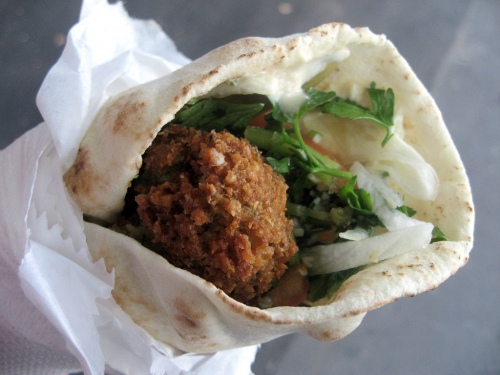 Who doesn’t like cake?
Who doesn’t like cake?
I’d like a show of hands.
Just as I thought. Not a single hand was raised. Everyone loves cake. We pig out on it at least once a year when our birthday rolls around. Whether you are blowing out candles or taking your mum out for a treat (yes, my mum loves cake too) or cheering yourself up after a downer day, cake is the solution to many of life’s problems. I don’t mean this to be an ode to cake. Just an introduction to one city who knows cake, really really well: Amsterdam.
Who is the king of the cake castle?
The two gents behind De taart van m’n tante. Siemon and Noam don’t make just any kind of cakes, they make pieces of art. Their tasty creations have actually been on exhibition before at the Rijksmuseum, Stedelijk, Van Gogh Museum and Utrechts Museum. It’s serious business, cakes.The pair opened the café in 1990 and since then have exploded with success, locals aren’t the only ones apparently who love cake. It’s a special spot to visit if you’re in Amsterdam. I know at this point you’ve already searched for flights to Amsterdam
I already can’t wait to get my hands on a slice of their magic. What’s more, the cake shop is also a Bed & Breakfast. There are three rooms upstairs, each with its own theme. There is a communal kitchen, living room and wireless internet. Who wouldn’t want to wake up to the smell of delicious cakes being baked just underneath? Mmmm…. sweet dreams indeed!
Where can you find them?
Ferdinand Bolstraat 10 1072 LJ Amsterdam Open: 10:00-18:00 dailyIn their own words, “A life full of cake – how magnificently delicious!”
In your opinion, which culture does the best dessert? Which sweet have you tried abroad that you just wish you could eat everyday at home?
For more info, check out their website.


